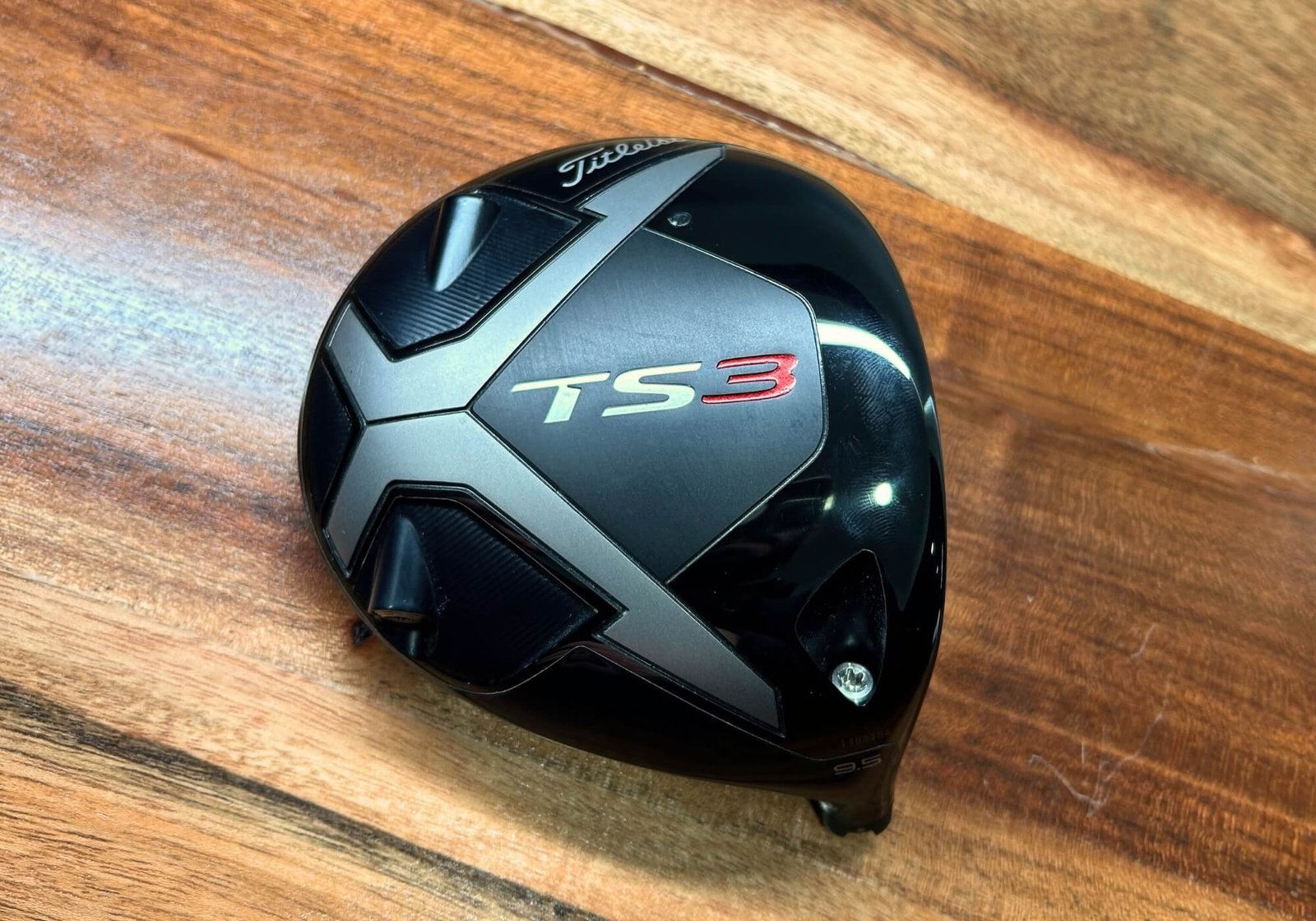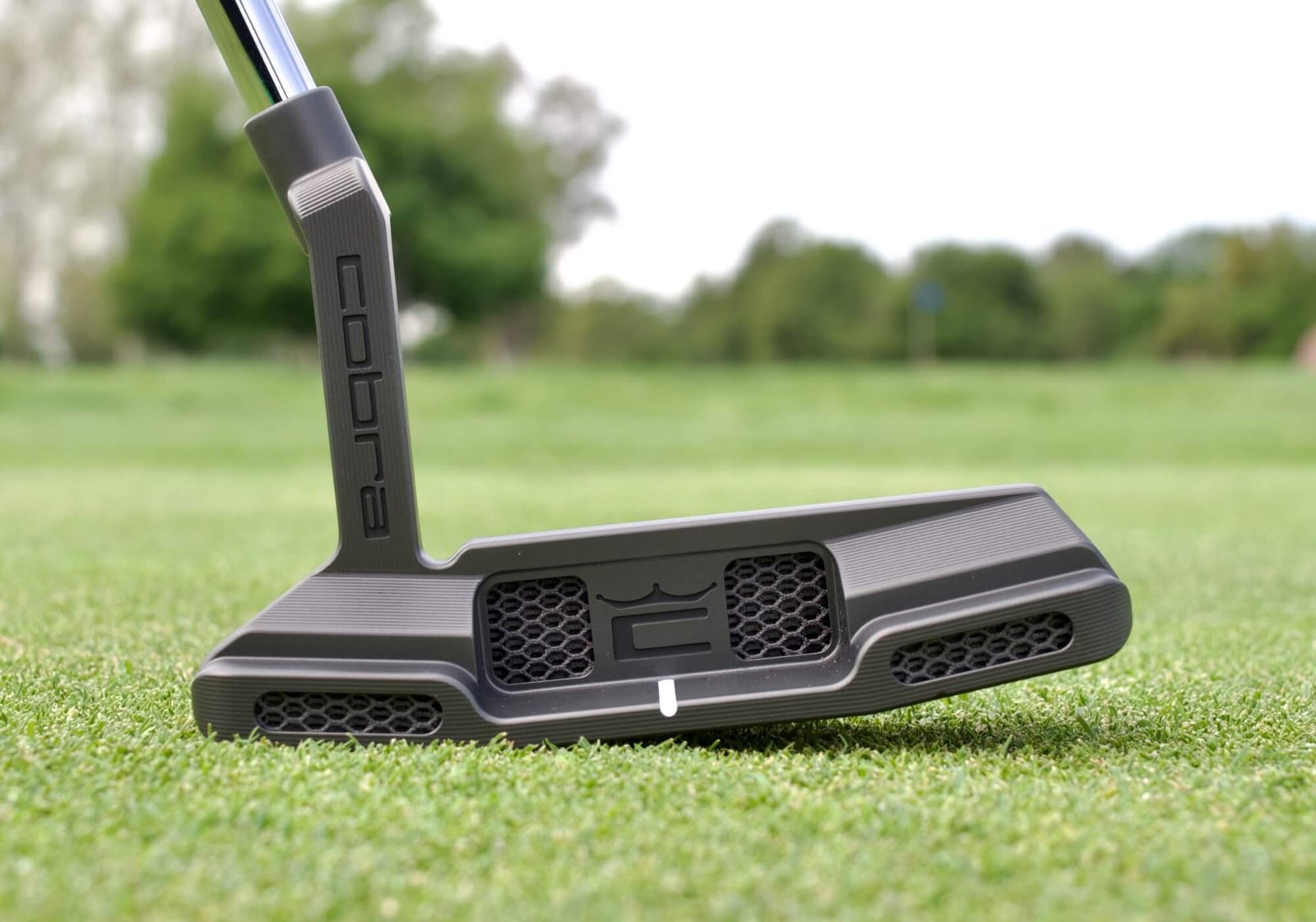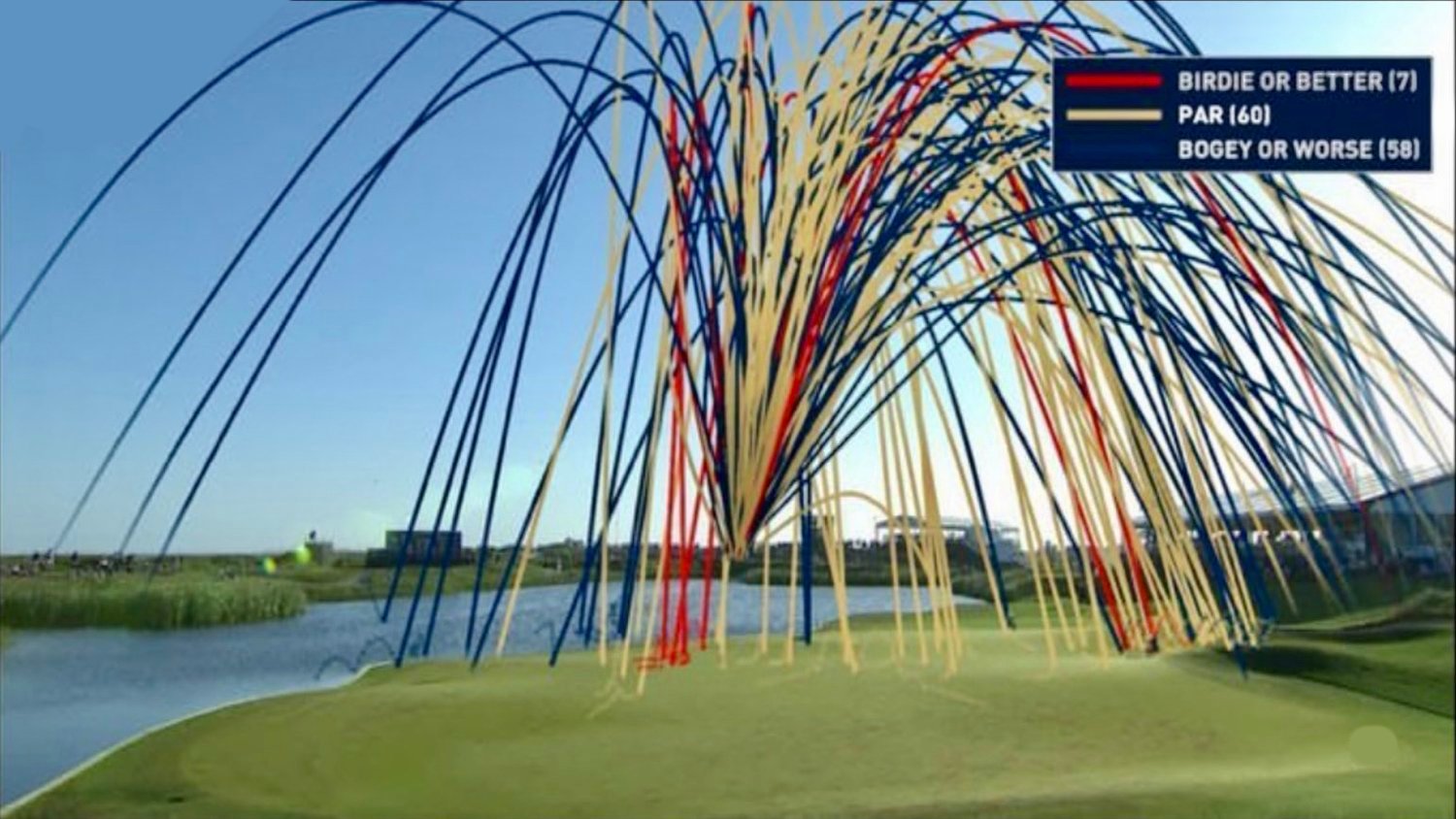[ad_1]
Is newer really far better?
Why would certainly you even take into consideration getting a $ 649 99 vehicle driver if there aren &# 8217; t true efficiency benefits?
These are questions that fascinate everyone right here at MyGolfSpy. And they need to be your very first thoughts when you &# 8217; re considering a brand-new chauffeur, regardless of brand name or version.
Our guideline is simple: it takes 3 to five years to see true efficiency benefits off a motorist. How does this apply to Titleist &# 8217; s brand-new GT 3 driver
That is our goal today: a blast from the past as we assess efficiency differentials in between Titleist GT 3 and the motorist that paved the way for its production, the Titleist TS 3
Background lesson
In 2018, Titleist presented Titleist TS 3 that made a prompt perception during the U.S. Open. The buzz was intensified by Justin Thomas blistering a 422 -lawn drive throughout the first round. This was the beginning of &# 8220; Titleist Speed &# 8221;, a standard change in the metalwood area for Titleist.
The engine behind such efficiency was Titleist &# 8217; s Rate Chassis. It was an ingenious technique for its time, especially from Titleist.

It featured 4 key parts according to Titleist.
- Ultra-thin titanium crown &# 8211; At the time, the thinnest actors titanium crown in the video game (20 percent thinner than 917 drivers) that permits weight to be changed reduced and much deeper.
- Thinner, much faster face &# 8211; A polished Radial VFT (variable face density) that decreases weight by up to six grams– supplies much faster sphere speeds and raised mercy. The TS face is so slim that the score lines need to be lasered on (instead of etched right into the face like prior generations).
- New structured shape &# 8211; Enhanced wind resistant shaping reduces drag, allowing golf enthusiasts to swing much faster, increasing clubhead speed for even more distance.
- Enhanced weight distribution &# 8211; Refined crown and variable face thicknesses create the lowest CG ever before in a Titleist chauffeur for greater launch and reduced spin. The resulting MOI is up to 12 percent greater than 917, creating a powerful mix of rate and security.
Out with the old, in with the brand-new
Fast onward to 2024 when Titleist released their newest and current production, GT metalwoods.

Out with &# 8220; Titleist Speed &# 8221;, in with &# 8220; Generational Modern technology &# 8221; Right here are the key components of GT as the company described them.
- Smooth Thermoform Crown &# 8211; A reimagined ultra-lightweight style, born from a brand-new exclusive Matrix Polymer. The tunable acoustic residential properties of this distinct composite allow Titleist designers to realize brand-new product gains while maintaining our trademark audio and feel. All covered in a clean appearance that influences complete confidence.
- Split Mass Construction &# 8211; An innovation in interior weighting opens longer drives and improved directional control in GT 3 The Flexible CG Track now sits closer to the face for even more dynamic CG control, while added discretionary mass is pushed to the back of the club to maintain optimum stability through influence.
- Rate Ring ® VFT Face &# 8211; Two technologies collaborated to create GT’s surprisingly rapid face. The upgraded titanium Rate Ring technology maintains the border to create optimum allowable rate in the center, while a variable face thickness (VFT) maintains continually fast round rates throughout the remainder of the face.
- Advanced The rules of aerodynamics &# 8211; GT 3 attributes a brand-new increased tail shape that represents a dramatic shift in driver the rules of aerodynamics. Previously impossible to perform because of make restrictions, this sophisticated shaping leads to a driver that turns much faster while still giving ideal CG control.
Then versus currently: The examination
With nearly 7 years of technology dividing TS and GT metalwoods, we wished to pit them versus each other head-to-head. Given that the vehicle drivers aren &# 8217; t &# 8220; apples to apples &# 8221;, we collaborated with Titleist to normalize the screening examples. Efficiently, we selected these head alternatives:
- Titleist TS 3 &# 8211; 9 5 °
- Titleist GT 3 &# 8211; 9.0 °
In spite of the loft space differences marked on the heads, the effective loft space is virtually the very same according to Titleist.
To better normalize the testing samples, we opted to make use of Mitsubishi Chemical Tensei 1 K Blue motorist shafts in routine and rigid flex with the same grasps and playing length. Once more, we were normalizing as several variables as possible to make certain that vehicle driver head performance is what we evaluate.
Checking specifications
For a lot of our lab scenarios, we use a smaller testing pool versus that of our Many Desired trials. In this instance, there were 10 testers with an ordinary swing rate of 102 mph. The fastest was +/- 113 and concerning 93 was the slowest.
Each tester struck 15 shots per motorist and revolved between each vehicle driver after five shots. This is a similar procedure we take during The majority of Desired screening.
Is newer much better?
With 300 shots and 7, 200 data factors, determining what metrics to examine might seem tough. However, sphere rate, carry distance, total range and diffusion attract attention when assessing performance.
Round speed
Sphere speed is a crucial ingredient in the performance discussion. It is likewise a centerpiece in modern technology advancements for the majority of suppliers, consisting of Titleist.

Just exactly how quick can a vehicle driver face lack surpassing UGSA laws and tolerances? Faster is a win also if it is a minute number. We located Titleist GT 3 has a 1 1 mph faster ball speed typically.
- GT 3 ordinary ball speed &# 8211; 147 5 miles per hour
- TS 3 ordinary sphere rate &# 8211; 146 4 mph
Just a single added mile per hour of sphere rate equals two backyards of bring range. This is win by the standards of golf club suppliers.
What is even more excellent is that 90 percent of the testers averaged a higher round rate with the Titleist GT 3 vehicle driver. For these nine testers, their typical gain was 1 7 miles per hour in sphere rate.
One tester had an ordinary sphere speed 6 1 mph much faster with the Titleist GT 3 An abnormality, but extremely outstanding nonetheless as it talks to the potential of the GT lineup over an older chauffeur version.

It goes without saying, Titleist GT 3 delivers when it comes to round speed over the Titleist TS 3 Newer is definitively better in this problem. Another perk: Titleist GT 3 is among the very best drivers for greater swing rate golfers
Carry and total range
Because Titleist GT 3 holds the advantage in sphere rate, there is a trickle-down impact to bring and complete distance. Right here are the results of bring and complete range head-to-head.
Titleist GT 3
- Typical bring distance &# 8211; 252 6 backyards
- Average total range &# 8211; 267.0 yards
Titleist TS 3
- Ordinary lug distance &# 8211; 249 5 yards
- Ordinary complete distance &# 8211; 265 1 yards
You can see Titleist GT 3 holds the edge with a 3 1 -lawn benefit for carry range and a 1 9 -lawn benefit for total distance. One more win for the Titleist GT 3 over the TS 3 Nevertheless, you &# 8217; ll notification that Titleist TS 3 shuts the space in total range.
You can see a sample of range differential with one tester listed below.

Dispersion location
Titleist TS 3 holds the advantage in regards to diffusion area and, arguably, accuracy.
- Titleist TS 3 diffusion area &# 8211; 1, 406 7
- Titleist GT 3 diffusion location &# 8211; 1, 666 5
Every tester struck each driver version on A 1 A 1 is Titleist &# 8217; s SureFit hosel &# 8217; s neutral setup: standard loft space and lie.
With this normalized method, TS 3 &# 8217; s internal style functions are a sensible answer regarding why it generates far better diffusion. Furthermore, TS 3 produces a higher typical backspin: 148 rpm higher generally.

In this case, newer is far better
Objectively, there are quantifiable and significant gains with the Titleist GT 3 driver over the initial &# 8220; Titleist Speed &# 8221; TS 3 driver. We aren &# 8217; t talking about earth-shattering gains however they &# 8217; re big sufficient to obtain thrilled around, especially from a R&D viewpoint.
Improvements in ball rate, bring and amount to distance will far go beyond the differential in precision between the GT 3 and TS 3 Off the shelf, you may see tighter dispersion with an older driver, which isn &# 8217; t a poor result. Older devices has a tendency to rotate even more and be much less reliable throughout the chauffeur face. Not just do we see it in this small example size yet we see it in Most Desired Checking also.

Year to year, makers are creating motorists that do extra regularly throughout the face. Most will take care of and deal with various strike patterns with loved one convenience. There are still some that don &# 8217; t produce constant shot results, specifically on high-toe strikes. However, in general, drivers are becoming more and more efficient. Titleist GT 3 is simply an additional prime example. With a correct fitting, closing the accuracy void shouldn &# 8217; t be a problem.
TS 3 exceeds the three- to five-year range where there usually are benefits to be had with newer devices, especially a motorist. So, if you &# 8217; re still pc gaming a driver that is 3 to five years old and even older, undergo a professional suitable and see if there are benefits to something more recent.
The blog post Titleist Drivers: Then Versus Currently showed up initial on MyGolfSpy.
[ad_2]
Resource link



